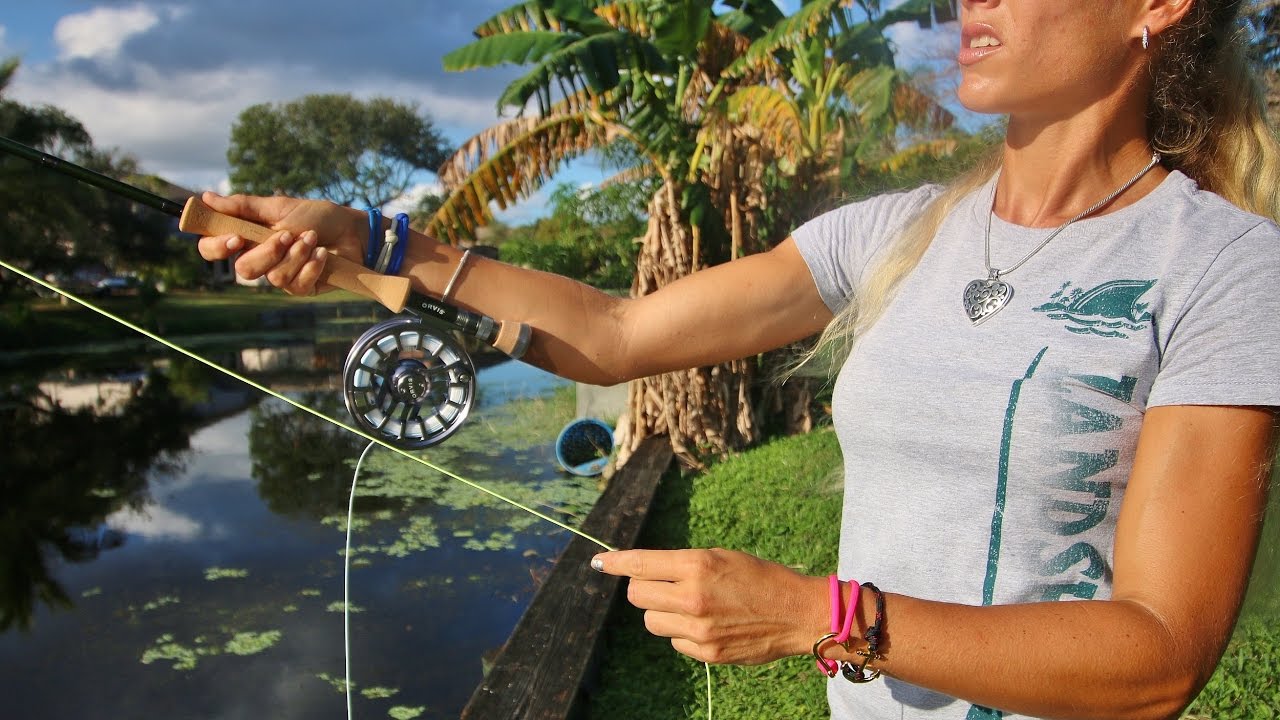Explained: Saltwater Fly Fishing Equipment Basics
Fly fishing can seem like a very daunting activity for someone just starting. With different varieties of weight lines, rods and reels, it can get challenging to get an instant hang of the adventure.
Explained: Saltwater Fly Fishing Equipment Basics
Don’t worry. This article will provide you with all the essential information regarding equipment to help you get started with saltwater fly fishing.
Weight of the Line
The line weight depends on the size and weight of the fly it is presented to. It can be anywhere between 1 to 15 and is similar to bait outfits classified by line class.
Generally, lightweight lines are better for fishing light tippets as they provide swift movement. A weight of 1 is obviously the lightest rod available and is used to catch smaller fish.
The most common line weight for saltwater fly fishing in Australia ranges from 6 kg to 10 kg. If you are starting with fly fishing, 7 to 8 weight lines are ideal. This will allow you to cast small to medium-weighted flies to catch easy target fish like flatheads and bass.
Rods
A 7 or 8-weight rod should be ideal for a beginner. Comfort and durability are two of the most critical factors that determine a rod’s quality. The key is to buy the best option that fits your budget.
When it’s time to purchase your second rod, make sure it is of a different dimension to catch smaller or larger fish. For example, a 10-weight rod is ideal for catching heavier fish like the occasional tuna that ventured into shallow waters. On the other hand, a 5-weight rod works best for trout fishing.
Lines
Lines for saltwater fly fishing come in various categories, from floating to sinking and a combination of both. Your ideal line would be determined by the fishing area and the type of fish you’re targeting.
A floating line with a sink tip is perfect for flatheads in almost all estuarine habitats. On the other hand, a full floating line is required to catch a fish with popper-style flies.
As far as the area of fishing is concerned, a floating line with a sink tip is ideal for shallow waters of the Australian continent. It will allow you to get the fly down to the bottom but not drag a sinking line.
On the other hand, a full sinking line is used when fishing in deep waters. It enables you to present the fly in the water column.
Reels
Just like rods, you should go for a reel that will provide you with satisfactory services for years to come. Out of all the reels available in the market, the cassette-type reel with spare spools is ideal.
It allows you to switch between a floating or sinking line without buying two separate reels. Reels are easy to switch from left to right with little to no effort.
As far as maintenance is concerned, you can keep your reels in the best condition by giving them a light wash in warm water and wiping them down with a rag.
Final Words
Fly fishing can be one of the most calming yet competitive outings for anyone. Whether going out with your friends or spending time with your family, fishing can be a great activity to indulge in. With these equipment basics in your bank, you can get ready to plan your next fly fishing day out.
So, what are you waiting for? Buy some of the best fly fishing equipment available in Australia today.

















